Rising Prevalence of Epilepsy
The increasing prevalence of epilepsy in the GCC region is a crucial driver for the epilepsy devices market. Recent estimates suggest that approximately 1 in 100 individuals in the GCC countries are affected by epilepsy, leading to a growing demand for effective management solutions. This rising incidence necessitates the development and adoption of advanced epilepsy devices, which can help in monitoring and controlling seizures. As healthcare providers and patients seek innovative solutions, the epilepsy devices market is likely to expand significantly. Furthermore, the need for personalized treatment options is becoming more pronounced, prompting manufacturers to invest in research and development. This trend indicates a robust growth trajectory for the epilepsy devices market, as stakeholders aim to address the unique needs of patients in the region.
Regulatory Support for Medical Devices
Regulatory support for medical devices is emerging as a key driver for the epilepsy devices market. In the GCC region, regulatory bodies are streamlining the approval processes for innovative medical devices, facilitating quicker access to the market. This supportive regulatory environment encourages manufacturers to invest in research and development, leading to the introduction of novel epilepsy devices. Additionally, the establishment of clear guidelines for device safety and efficacy enhances consumer confidence, further driving market growth. As regulatory frameworks evolve, they are likely to promote the adoption of advanced technologies in epilepsy management. This trend indicates a favorable landscape for the epilepsy devices market, as stakeholders work collaboratively to ensure that patients have access to the latest and most effective treatment options.
Rising Awareness of Epilepsy Management
Rising awareness regarding epilepsy management is a significant driver for the epilepsy devices market. Educational campaigns and initiatives aimed at reducing stigma associated with epilepsy are gaining traction in the GCC region. As public understanding of the condition improves, more individuals are seeking medical assistance and exploring available treatment options. This heightened awareness is likely to lead to an increase in the adoption of epilepsy devices, as patients and caregivers become more informed about their benefits. Furthermore, healthcare professionals are increasingly advocating for the use of advanced devices to enhance patient care. The epilepsy devices market is expected to grow as a result of this shift in perception, with more patients recognizing the importance of effective seizure management and the role of technology in achieving better health outcomes.
Technological Innovations in Device Design
Technological innovations play a pivotal role in shaping the epilepsy devices market. The introduction of wearable devices, such as smartwatches and portable EEG monitors, has revolutionized the way epilepsy is managed. These devices offer real-time monitoring and data collection, enabling healthcare professionals to make informed decisions regarding treatment. The market is witnessing a surge in demand for devices that incorporate artificial intelligence and machine learning algorithms, which can predict seizure occurrences with greater accuracy. As a result, manufacturers are increasingly focusing on enhancing device functionality and user experience. The integration of mobile applications with these devices further facilitates patient engagement and adherence to treatment plans. This emphasis on technological advancements is expected to drive the growth of the epilepsy devices market, as patients and healthcare providers alike seek more effective and user-friendly solutions.
Increased Investment in Healthcare Infrastructure
The GCC region is experiencing a significant increase in investment in healthcare infrastructure, which is positively impacting the epilepsy devices market. Governments are allocating substantial budgets to enhance healthcare facilities and services, aiming to improve patient outcomes. This investment is likely to lead to the establishment of specialized epilepsy centers equipped with advanced diagnostic and treatment technologies. As healthcare systems evolve, there is a growing emphasis on integrating innovative medical devices into patient care protocols. The epilepsy devices market stands to benefit from this trend, as healthcare providers seek to adopt cutting-edge solutions that can improve the quality of care for epilepsy patients. Additionally, partnerships between public and private sectors are fostering the development of new devices, further stimulating market growth. This collaborative approach may result in a more comprehensive and effective management of epilepsy in the region.


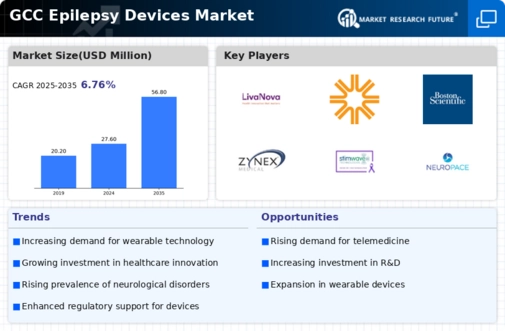
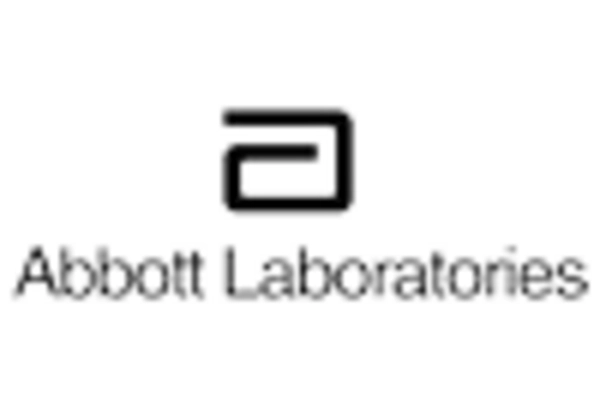

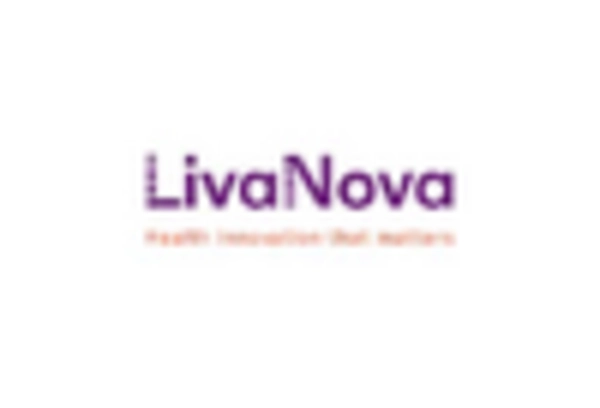

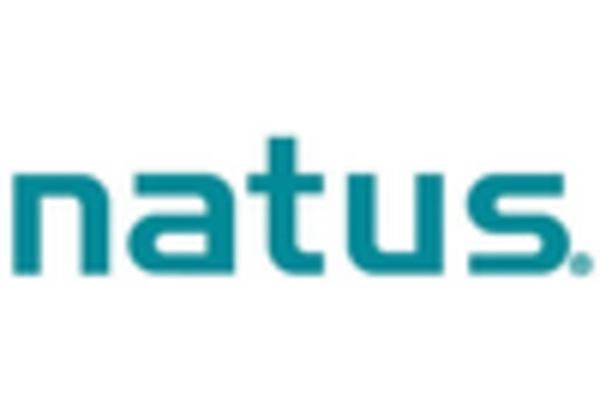
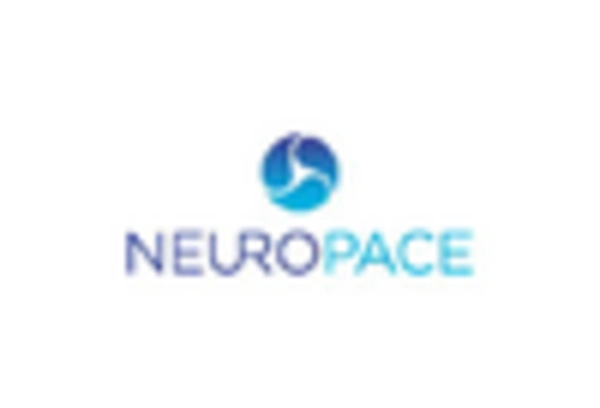








Leave a Comment